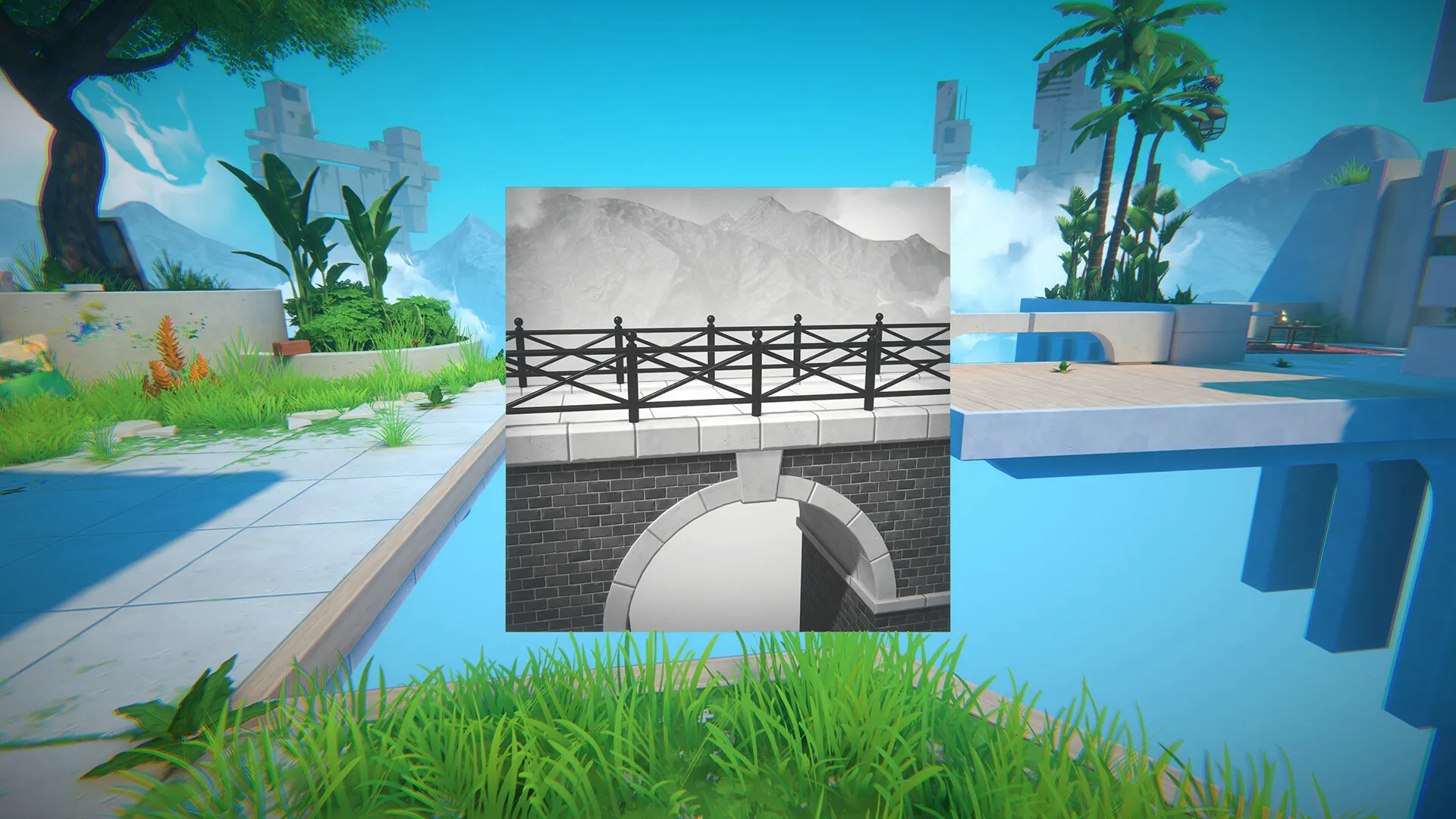We at Entertainium are no strangers to some good old fashioned mystery solving, so when the chance to take a case so close to home, I couldn’t help but dive at the opportunity. Developed by Brazilian group Pulsatrix Studio, Fobia: St. Dinfna Hotel ticks all the right boxes as a first-person horror mystery game. It’s atmospheric, has a really good premise and delivers on the puzzle front.
Fobia: St. Dinfna Hotel is a very impressive game that’s been in development for a while, after starting out as a successful crowd-funded project back in 2020. I’ve been following its development and was anxiously awaiting a chance to play the full thing after its demo left me wanting more. It made a shockingly good first impression thanks to its beautiful Unreal Engine-powered visuals and excellent production values, which I’m glad all made it to the final version.
Stepping into the shoes of an aspiring investigative reporter named Roberto, you start the game out arriving at the sleepy mining village of Três Trilhas, in Santa Catarina, Brazil, and checking into the titular St. Dinfna Hotel. You’re there in order to find more information about a local mystery surrounding an accident that took place in town more than 80 years ago, after being invited by someone online.

It doesn’t take long before things start getting weird. At first, the bathroom in your room starts to shift, and after waking up from an apparent blackout, the entire building is shifted into a grisly version of itself. It’s up to you to find out just what the heck is going on, armed with the limited knowledge your initial investigation offered you and the clues you’ll find while out exploring.
I’m a huge fan of Capcom’s reboot of Resident Evil with Resident Evil 7, and it seems the folks at Pulsatrix are as well. Fobia: St Dinfna Hotel evokes the feeling of that game but manages to do its own thing by having some creative approaches to exploration. By using a camera you find in the opening minutes of the game in specific areas of the hotel, you’re able to catch a glimpse of the past, which in turn can help find clues to whatever puzzle you have ahead of you.
Granted, this mechanic isn’t as straightforward as it might sound. Solutions aren’t just there right next to where they need to be inputted, nor are they simply telling you what to do. Lots of times, you’re going to rely on your memory to keep track of pieces of information that don’t necessarily make a lot of sense on their own, that once combined with others might just happen to be the clue you needed to, say, match a combination to a safe or be the key to a cypher.
It’s good that Fobia: St Dinfna Hotel doesn’t overly rely on this gag, though. There are only a handful of spots where the camera will work – they’re clearly marked by a bloody hand sign – so you won’t have to walk around like a dolt with a camera stuck to your face like in Outlast. That will fall to your flashlight, which comes in very handy because the hotel can get somewhat dark. It’s good that you never run out of batteries. (Okay, enough with the Outlast jabs, Eduardo!)

As with Resident Evil 7, there’s a combat element in this game that I’m not head over heels for, even though it works absolutely fine. You run into a number of firearms and plenty of ammunition throughout your adventure, and there’s plenty to shoot along the way which is fine and all, but I could’ve done without.
Exploration is by far the best part of Fobia: St Dinfna Hotel, and like your time with the Bakers, there’s plenty of tension with how well the spooky atmosphere is built up by your isolation, inching your way from room to room looking for clues. There are even some boss fights thrown in that you’ll want to save up some resources for, too.
This being a game developed in Brazil, it offers voice acting tracks in both English and Brazilian Portuguese. While the one in English is totally okay and very competent, I’d invite you to play the game in Portuguese for authenticity. As a native speaker, I was positively impressed by the overall quality of the acting and the protagonist’s charming accent.
The entirety of the sound effect work in the game is quite excellent, and helps keep the spookiness level high at every step. It’s the icing on the cake of an already solid visual presentation. If you have a good pair of headphones, you should definitely wear them while playing Fobia: St Dinfna Hotel.
Issues with combat in atmospheric exploration horror games aside, Fobia: St Dinfna Hotel is still an incredibly competent game. It’s even more impressive due to the fact that it was developed by such a small team and it’s their first project out the door. Pulsatrix provides some creative approaches to puzzle solving that, matched with the well-crafted, dark ambiance and gripping story, are sure to keep you glued to your TV.





